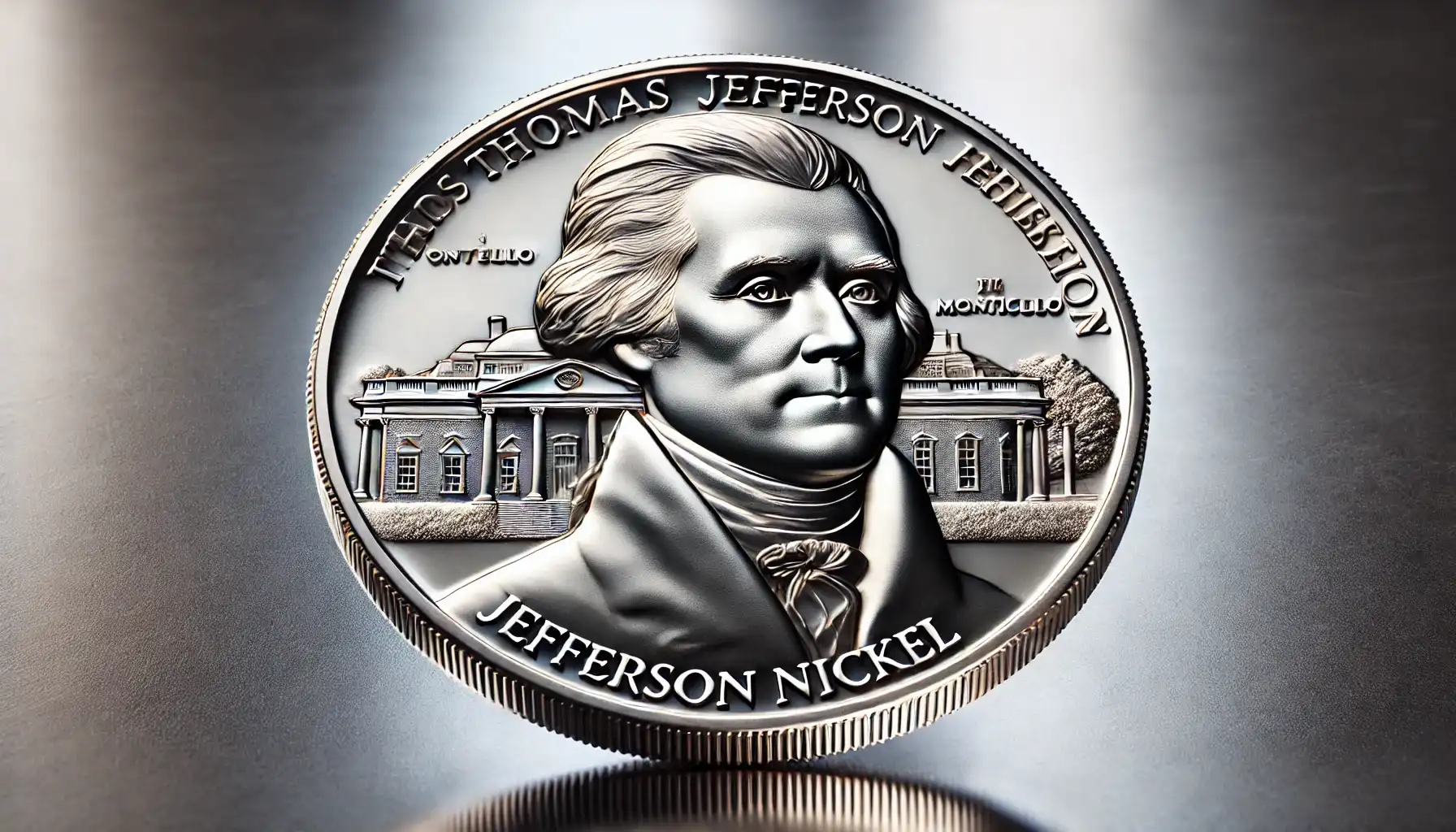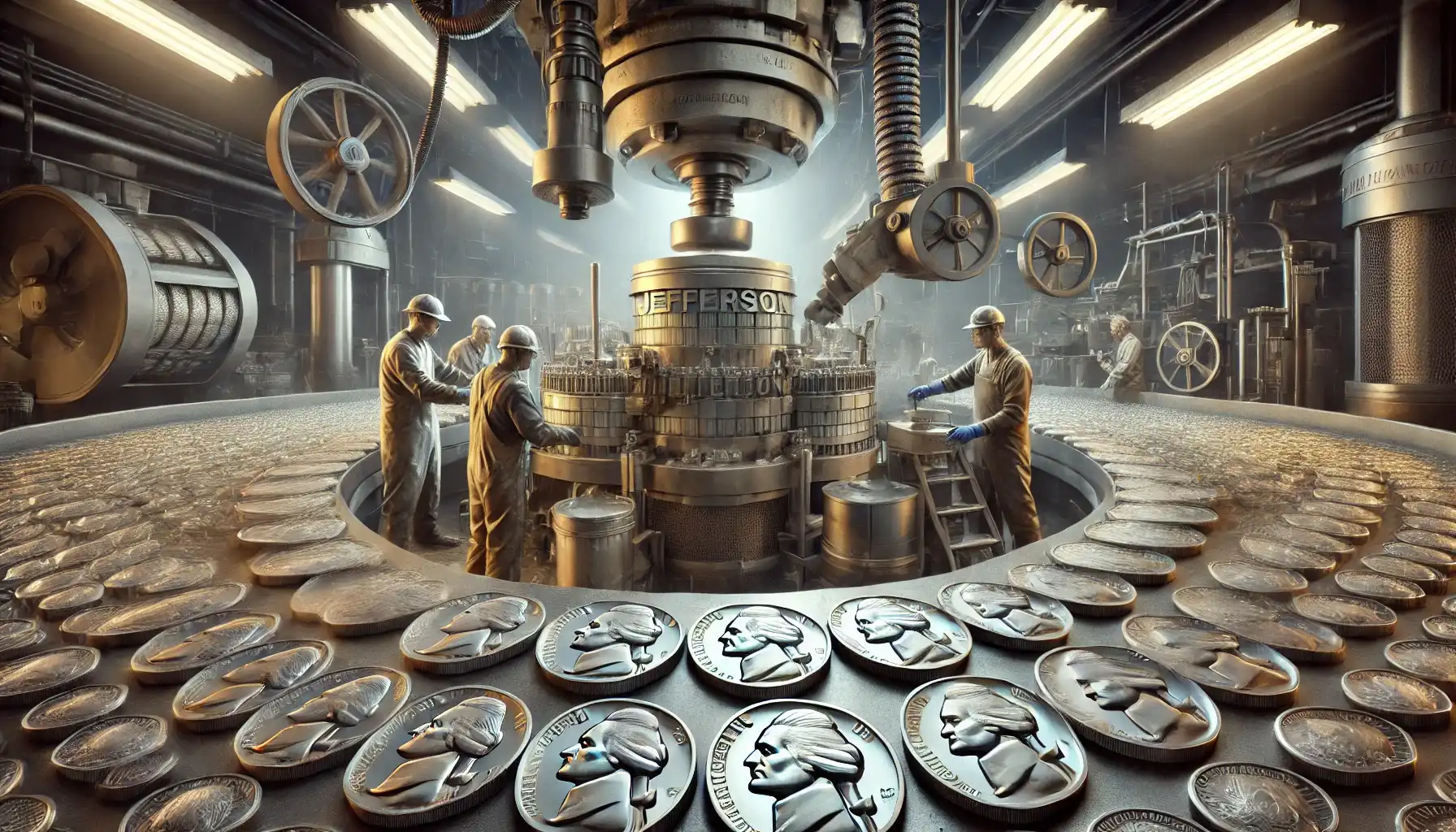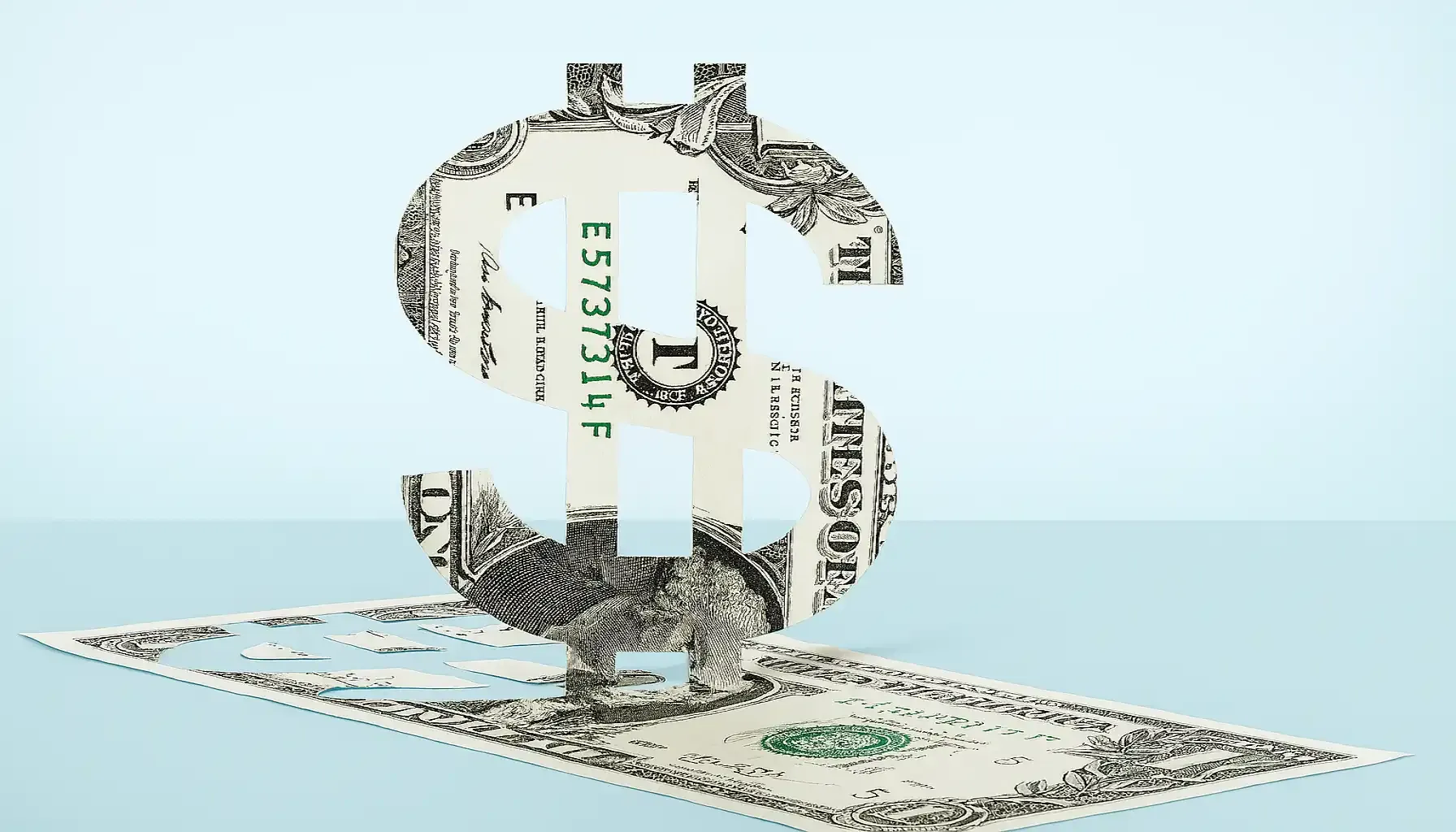Contents:
Long ago, in 1938, there was released a coin that celebrated Thomas Jefferson. These numismatic creations are like the symbols of the past that have got into the modern world and remained in circulation with no regard to speculations and fake news arising around them. So, let us briefly cover what a Jefferson 5C is, what nickels are worth keeping, and how it managed to become a welcome resident of any collection worldwide.

What Does Jefferson 5C Mean?
The Jefferson nickel is a coin that, when introduced, replaced the Buffalo 5C in 1938. What is unique about the coin is the depiction of a real person, Thomas Jefferson.
World War II changed the monetary system, which is why mints could not afford to use nickel anymore due to wartime needs. Instead, they relied on an alloy consisting of 56% copper, 35% silver, and 9% manganese. Nowadays, the composition of coins is a bit different.
Denomination | 5 cents (0.05 USD) |
Obverse (General Description) | A portrait of Thomas Jefferson |
Reverse (General Description) | A picture of the Jefferson’s home, Monticello |
Composition | Standard: 75% copper and 25% nickel Wartime: 56% copper, 35% silver, and 9% manganese |
Diameter | 21.21 mm |
Weight | 5 grams |
Mint Marks | “D” for Denver, none for Philadelphia, and “S” for San Francisco |
Jefferson Nickel Mintage by Year
The Jefferson nickel mintage figures vary drastically, thanks to the economic conditions, demands, and special issues of those times. Some years were fruitful enough to boost the minting potential of the country, others prompted to reduce coin production for good. Nevertheless, everything we should remember is the coin is still in circulation, though some instances represent a higher level of collecting value and aesthetic meaning.

Early Years (1938-1940s)
During this period, the release and distribution of coins were relatively low, since 1938 Jefferson nickel mintage was only the beginning of this long-running process.
Post-War Boom (1950s-1960s)
Soon after the war, the country started to prosper, and the government was finally ready to produce more coins than ever. One of the most productive years was 1964 (2,819,870,684 coins minted), though this period may also boast the lowest mintage Jefferson nickel ever, i.e., the 1950 Jefferson nickel with the amount of only 10,657,416 coins totally produced that year.

Modern Era (1970s-Present)
After the post-war boom, the production of Jefferson 5C coins was rather stable, including the 1984 nickel series, yet annual mintage started to slowly decrease during the 2000s thanks to digitalization and the rise of remote payments. For example, the 2009 Jefferson nickel mintage was extremely low (39,840,000 for 2009-P and 46,800,000 for 2009-D).
Jefferson Nickel Mintage by Year
Year | Total Mintage | Average Auction Prices |
1938 | 28,996,365 | $8,625 |
1941 | 300,160,720 | $18,800 |
1942 | 104,732,200 | $16,450 |
1949 | 106,866,000 | $8,625 |
1950 | 10,657,416 | $17,250 |
1952 | 115,279,980 | $14,950 |
1955 | 82,730,300 | $12,650 |
1964 | 2,819,870,684 | $14,100 |
1966 | 156,208,283 | $11,750 |
1974 | 881,737,568 | $4,230 |
1977 | 885,940,574 | $4,495 |
2009 | 88,819,867 | $519 |
Employ Coin ID Apps and Meet Mintages Soon
When exploring coins, it might be sensible to rely on additional tools like Coin ID Scanner (https://coin-identifier.com/) that may help one identify coins, their conditions, origins, circulation history, and more. Just point the camera at the coin and explore quick feedback right away.

Let your numismatic feelings guide you through this journey, and rest assured – your collection will be the best.



